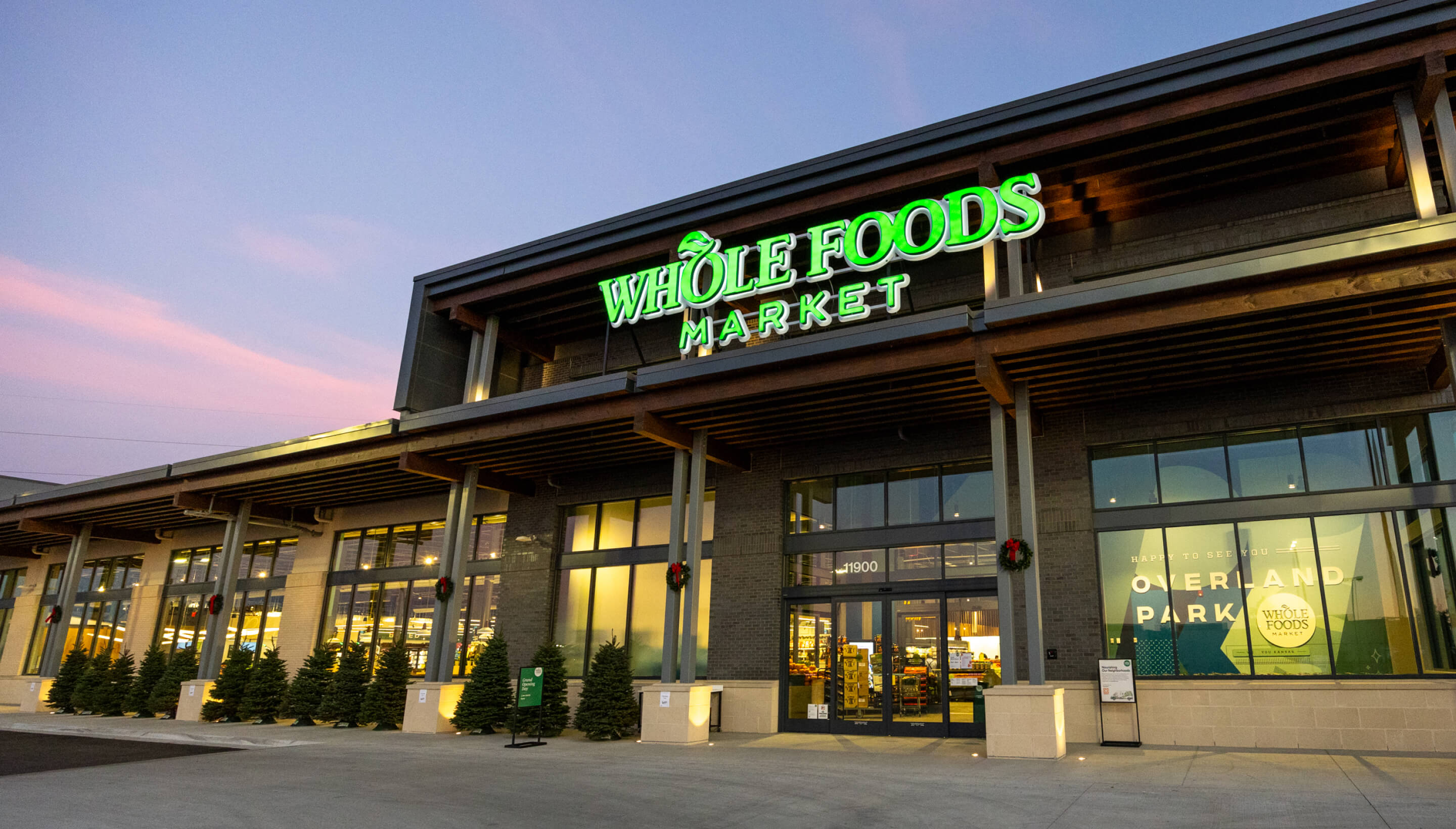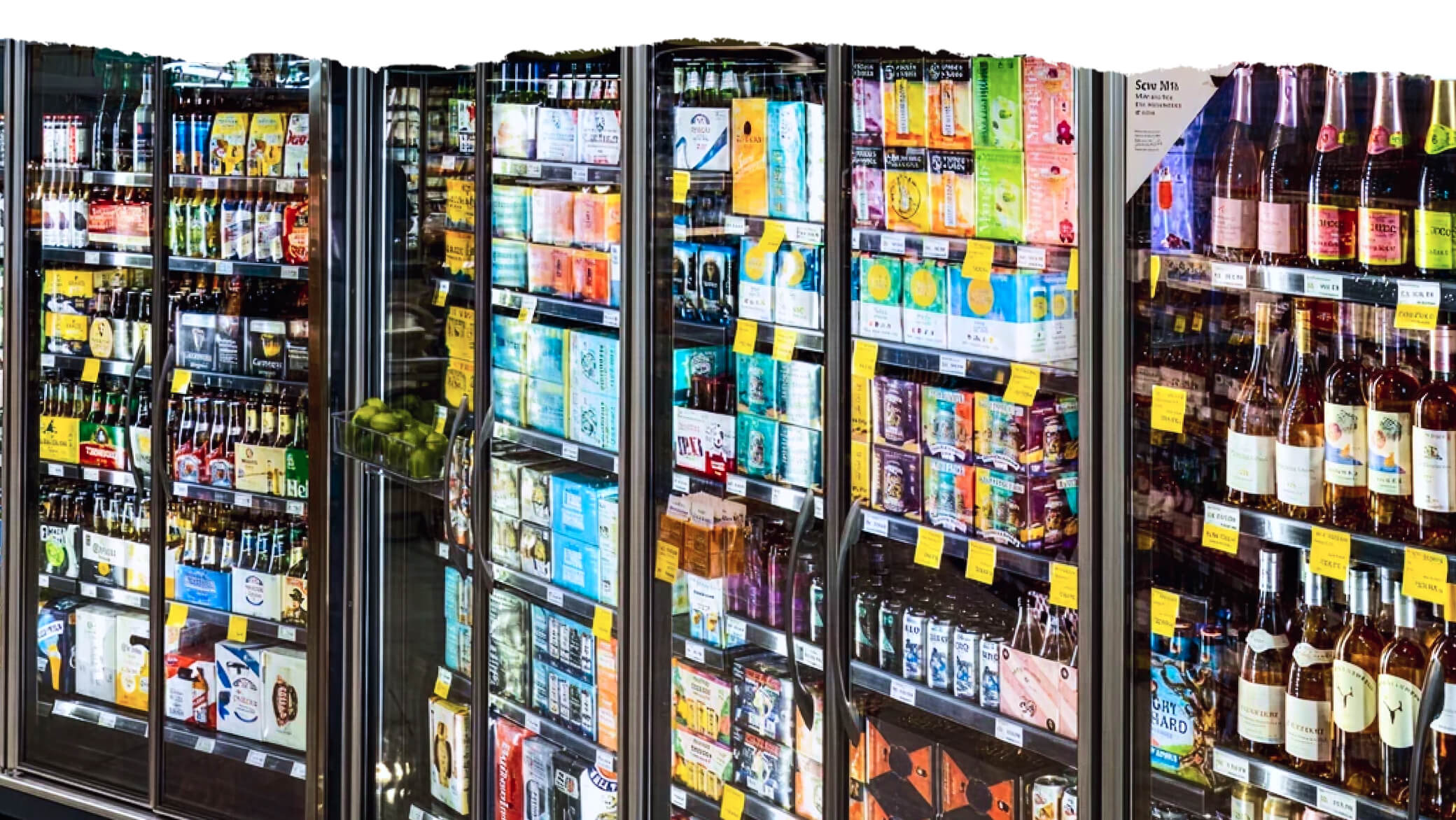Retail Innovation
for Climate Impact

Strengthening energy efforts through strategic partnerships with equipment manufacturers and industry groups.
And for decades, we’ve brought these efforts to life across our stores and facilities through comprehensive initiatives including LED lighting, solar panel installations, electric vehicle charging stations, Green Globes and LEED certified buildings.

As an active participant in the Environmental Protection Agency’s GreenChill program, we're at the forefront of transitioning away from hydrofluorocarbons (HFCs) — powerful greenhouse gases commonly used in cooling systems.
By the end of 2024, 24 Whole Foods Market stores were relying on natural refrigerants in a primary refrigeration system. Natural refrigerants refer to refrigerants such as ammonia, carbon dioxide or propane, which are widely considered the most sustainable alternatives to HFC refrigerants. An additional 20 stores rely on a combination of natural refrigerants and other refrigerants in a primary refrigeration system. Where possible, we pushed to integrate a higher percentage of natural refrigerants.
Finally, 235 stores rely on lower global warming potential (GWP) refrigerants in a primary refrigeration system. GWP is a gas’s ability to trap extra heat in our atmosphere over time. Lower-GWP refrigerants refer to refrigerants whose GWP isn’t quite as low as natural refrigerants but are still considered more sustainable and contribute less to climate
change than legacy HFC refrigerants.
389
EV charging stations across stores
64
stores with solar installations
235
stores with lower GWP refrigerants
“As the heart of our company, our stores reflect our commitment to implementing smart, energy-efficient solutions that reduce our impact on the planet while serving and delighting our customers.”
Our Impact
Report
Read our 2024 Impact Report, which highlights all the ways we’re working to build a more sustainable, more equitable food system for generations to come.


